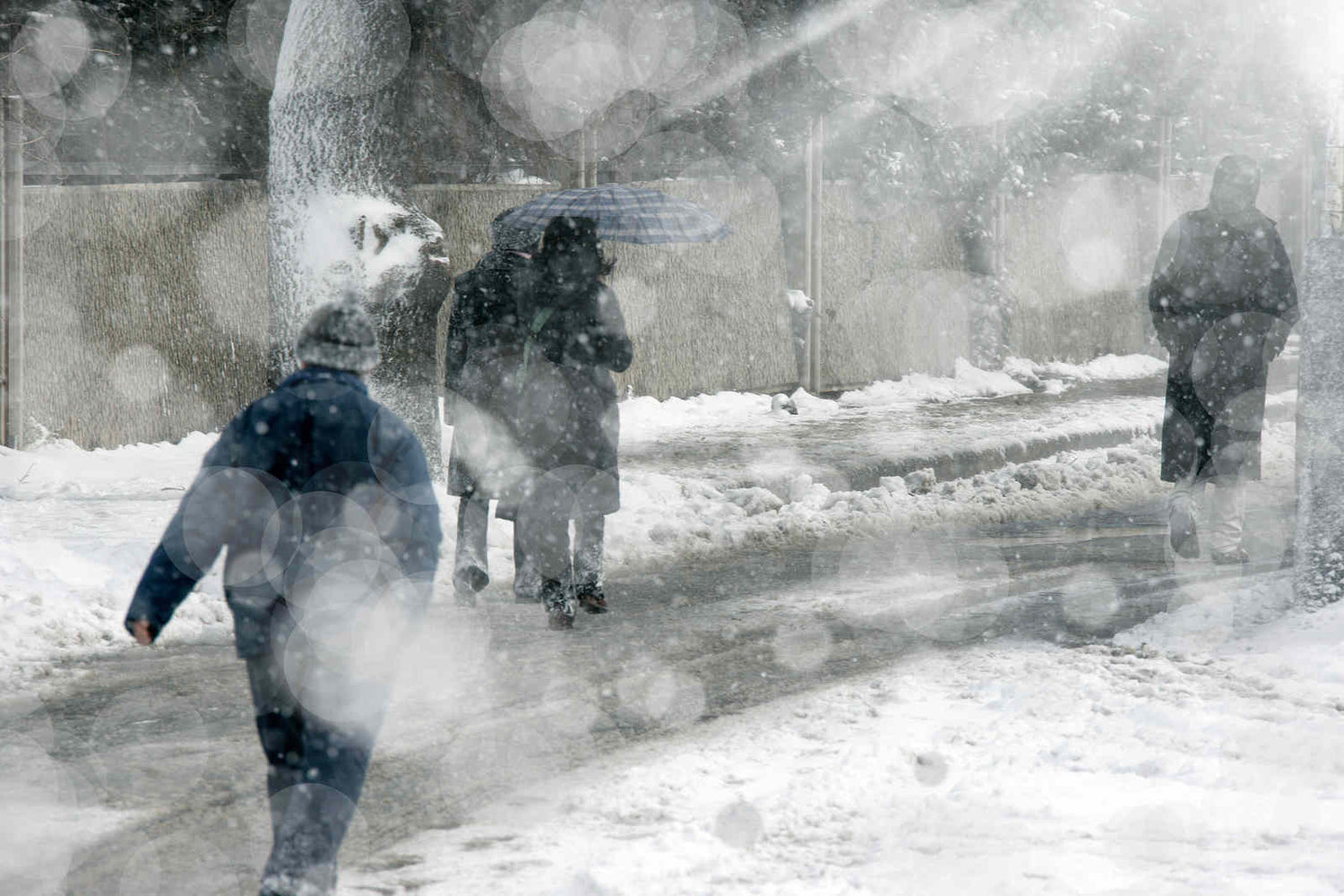
When formulating your facility’s winter emergency plan, dangers you must take into account should include cold stress and related conditions such as hypothermia and frostbite.
Read on for more information on what cold stress is and what you can do to combat it in the workplace.
What is cold stress?
Cold stress occurs whenever a low temperature environment, sometimes exacerbated by moisture and wind chill, forces the body to work harder to maintain a normal temperature. In working harder, the body moves heat from the limbs (fingers, hands and arms, and/or toes, feet and legs) to the body's central trunk, in order to protect vital internal organs.
This response, while biologically necessary, puts your limbs at risk of pain and damage from the lack of heat, and in the most extreme case can lead to frostbite.
Symptoms of cold stress
The first symptom of cold stress is shivering, which serves as the body's way of generating extra heat. With normal body temperature at 98.6ºF (37ºC), shivering begins at 95ºF (35ºC), technically the point at which cold stress becomes hypothermia.
Hypothermia occurs when you lose heat faster than your body can generate it. Mild hypothermia may result in slurring of speech, loss of coordination, pale skin, and difficulty using your hands or walking due to intense shivering.
As body temperatures fall below 90ºF (32ºC), the symptoms of hypothermia intensify. Memory loss, confusion, difficulty standing, and a lowered respiration/heart rate can occur.
As body temperatures fall below 86ºF (30ºC), muscles become stiff, pulse rate becomes weak and irregular, skin becomes very cold to the touch, and drowsiness or even unconsciousness may ensue. Below 78ºF (26ºC), death from hypothermia becomes a possibility.
How to treat and prevent cold stress
For mild cases of hypothermia, it may be enough to keep moving and active, find a warmer environment, cover yourself (especially your head) with a blanket, and consume warm, high-sugar drinks. Do not drink alcoholic beverages, hot drinks, or anything with caffeine in it. If anything worse than mild hypothermia occurs, call 911 immediately and use every means possible to warm all parts of the body.
However, the best way to treat cold stress and hypothermia is to prevent the conditions altogether. Do this by dressing in layers, wearing insulated boots and a warm hat, avoiding tight clothing that can restrict circulation, and avoiding smoking and consumption of alcohol in cold weather.
How to keep your employees safe from cold stress
Facility managers can help their employees avoid cold stress by
- Supplying indoor radiant heaters
- Eliminating workplace drafts
- Providing proper winter gear
- Scheduling the most intense workloads for warmer parts of the day
- Assigning employees to watch out for cold stress symptoms in others as part of a "buddy system"
- Insulating equipment handles
Whether your employees work inside or outside, cold stress and hypothermia are very real dangers during the winter. Employers should educate their staff about the dangers and symptoms of cold stress and do everything in their power to prevent it.


